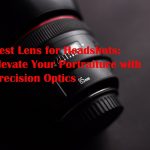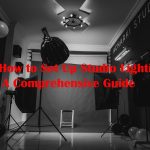
Best Camera for Outdoors: Capturing the Beauty of Nature
Introduction
When it comes to outdoor photography, having the right camera can make all the difference. Whether you’re an amateur photographer looking to document your adventures or a professional seeking to capture stunning landscapes, having a reliable and versatile camera is essential. In this article, we’ll explore the best camera for outdoors photography, considering factors such as image quality, portability, weather resistance, lens options, and more.
1. Understanding Your Needs
Before diving into the world of outdoor cameras, it’s crucial to assess your specific requirements. Are you an adventure enthusiast seeking a rugged camera for extreme conditions, or a nature lover focusing on landscapes and wildlife? Understanding your needs will help you make an informed decision that aligns perfectly with your photography goals.
2. Image Sensor and Resolution
When it comes to outdoor photography, image quality matters. Look for a camera with a high-resolution image sensor that can capture every detail of the breathtaking scenery. Cameras with larger sensors generally offer better low-light performance and dynamic range, resulting in stunning images even in challenging lighting conditions. A camera with a high megapixel count will also give you the flexibility to crop and enlarge images without compromising quality.
3. Weather Resistance and Durability
The great outdoors can be unpredictable, with changing weather conditions. A camera with weather sealing and durability is crucial to withstand rain, dust, and harsh temperatures. Ensure your chosen camera can accompany you on all your adventures without worry, allowing you to focus on your photography rather than fretting about protecting your gear.
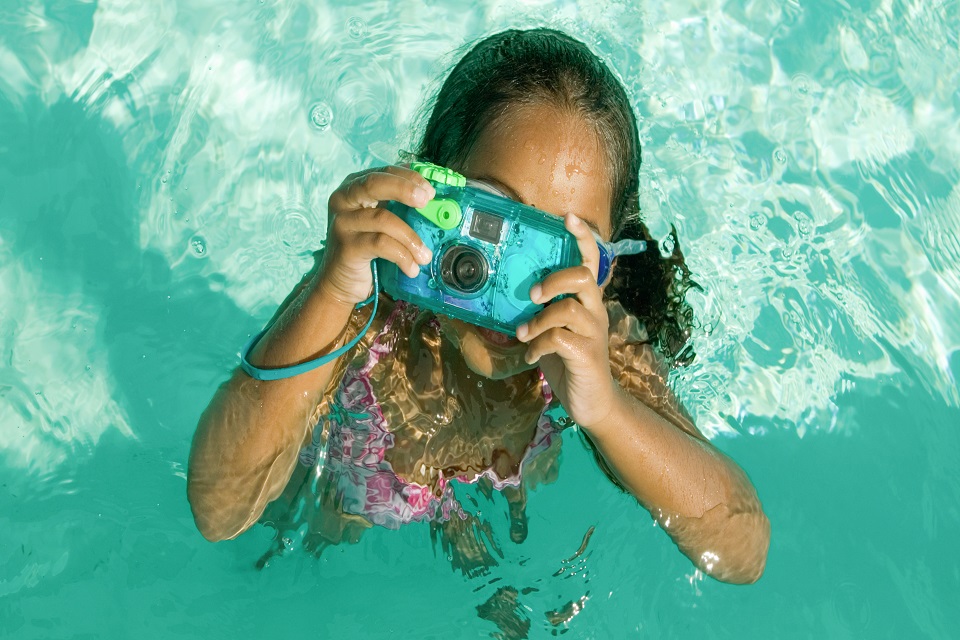
4. Portability and Weight
For outdoor photographers, portability is a significant consideration. Lighter and more compact cameras are easier to carry during long hikes and expeditions, allowing you to focus on your creativity without the burden of a heavy gear bag. Mirrorless cameras are gaining popularity for outdoor photography due to their smaller size and weight compared to traditional DSLR cameras.
5. Lens Options and Flexibility
The versatility of lens options is essential for outdoor photography. Wide-angle lenses are perfect for capturing expansive landscapes, while telephoto lenses are ideal for wildlife and distant subjects. Consider a camera system with a range of lenses to unleash your creativity and capture various perspectives in the wild.
6. Battery Life
A long-lasting battery is crucial when you’re away from power sources for extended periods. Look for cameras with efficient power management and consider carrying extra batteries or a portable charger to keep your camera powered throughout your journey. The last thing you want is to miss out on a fantastic photo opportunity due to a drained battery.
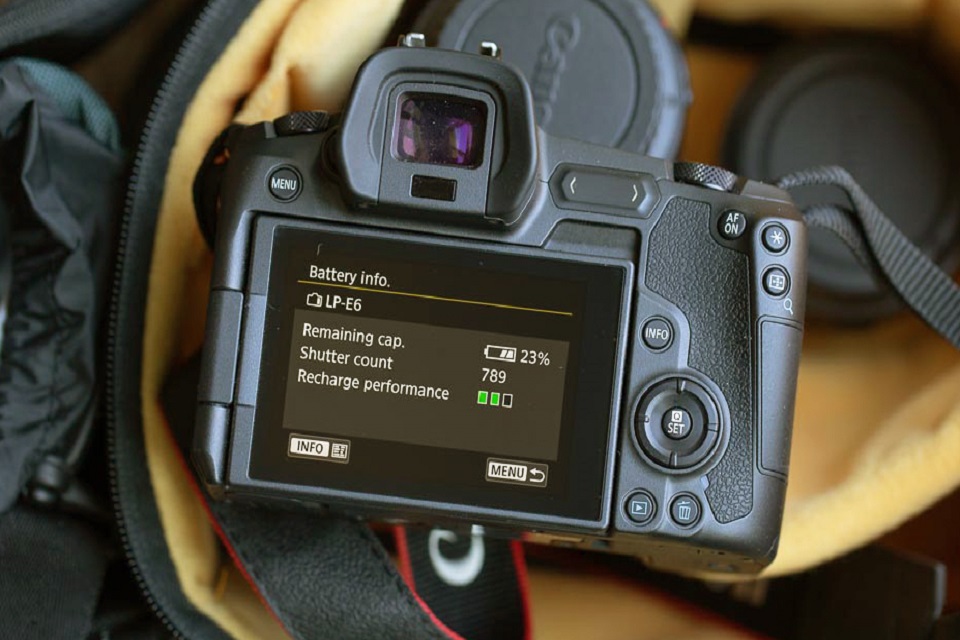
7. 4K Video Capabilities
In addition to still photography, many outdoor enthusiasts also love to capture their adventures on video. Cameras with 4K video capabilities provide excellent resolution, allowing you to relive your experiences with stunning clarity. Consider cameras with built-in image stabilization to ensure smooth footage, especially when shooting on the move or in rugged terrains.
8. Connectivity Options
With the rise of social media and online sharing, having seamless connectivity options is a bonus. Built-in Wi-Fi or Bluetooth allows you to transfer images to your smartphone or tablet effortlessly, enabling you to share your outdoor escapades instantly with friends, family, and followers.
9. Budget Considerations
While it’s tempting to go for the most advanced and feature-packed camera, it’s essential to consider your budget. There are excellent options available for outdoor photography across various price ranges. It’s all about finding the right balance between features and cost to ensure you get the best camera that suits your needs and financial capabilities.
10. Top Picks: The Best Camera for Outdoors
Now that we have a good understanding of what to look for in an outdoor camera let’s explore some of the top picks in the market:
Nikon D850
The Nikon D850 is a favorite among outdoor photographers, boasting a high-resolution full-frame sensor that delivers exceptional image quality. Its robust weather-sealed body ensures you can confidently shoot in challenging environments, and the camera’s excellent dynamic range allows for capturing stunning details in both highlights and shadows. Additionally, the D850 features 4K video capabilities, making it a versatile tool for both photographers and videographers alike.
Canon EOS R5
Canon’s EOS R5 is a cutting-edge mirrorless camera designed to excel in outdoor photography. With its high-resolution sensor and powerful image processor, it delivers superb image quality and clarity. The EOS R5 takes it a step further with 8K video capabilities, offering filmmakers and content creators unrivaled video resolution. Its weather-resistant construction ensures durability in the field, making it an excellent companion for outdoor adventures.
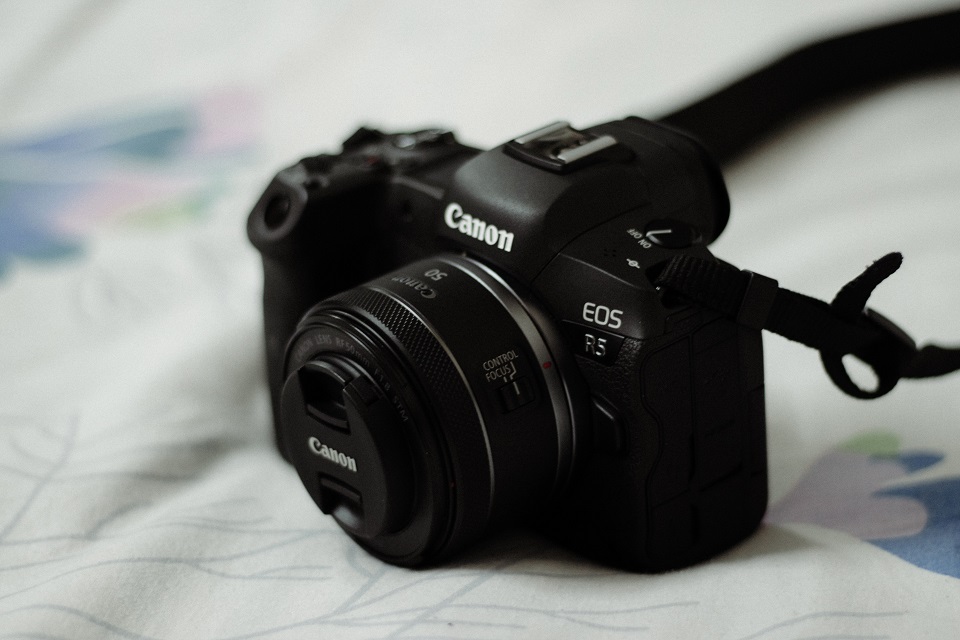
Sony Alpha A7 III
The Sony Alpha A7 III is a compact and lightweight full-frame mirrorless camera that has garnered immense popularity among photographers and videographers alike. It boasts impressive low-light performance, making it an ideal choice for capturing outdoor photography in various lighting conditions. The camera’s wide range of compatible lenses provides creative flexibility, allowing photographers to adapt effortlessly to different shooting scenarios. Additionally, with its 4K video recording capabilities, the Sony Alpha A7 III enables users to capture breathtaking cinematic footage during their outdoor escapades. It’s advanced features and compact design make it a favorite among outdoor enthusiasts who seek both versatility and exceptional image quality in their photography.

Fujifilm X-T4
The Fujifilm X-T4 is a unique and appealing camera that seamlessly blends retro design with modern functionality. Designed to cater to outdoor enthusiasts, this mirrorless camera offers impressive features that make it a perfect companion for capturing the beauty of nature. Its in-body image stabilization ensures sharp and steady shots, even in challenging conditions when shooting handheld. Fujifilm’s renowned Film Simulation modes add an artistic touch to outdoor photography, allowing photographers to achieve unique looks and tones in their images. With its weather-resistant build, the Fujifilm X-T4 instills confidence in photographers to venture into various weather conditions without worries, making it a reliable and durable option for outdoor expeditions.
GoPro HERO11 Black
Introducing the GoPro HERO11 Black, the next evolution in action cameras. Packed with cutting-edge technology and innovative features, the HERO11 Black takes outdoor adventures to new heights. Capture stunning 6K video and high-resolution photos with unrivaled clarity and detail. The camera’s advanced stabilization ensures smooth footage, even in the most extreme conditions. With improved low-light performance, you can now record incredible action shots day or night. Durable and waterproof, the HERO11 Black is ready to join you on all your thrilling escapades, from surfing to mountain biking and everything in between. Get ready to push the limits of your adventures with the powerful and versatile GoPro HERO11 Black.

11. Benefits of Outdoor Photography
Outdoor photography offers a plethora of benefits that go beyond capturing stunning images. Engaging in outdoor photography allows you to connect with nature on a deeper level, fostering a sense of mindfulness and gratitude. As you immerse yourself in the natural beauty around you, you’ll find yourself more attuned to the world, noticing details and moments you might have missed otherwise. The sense of adventure and exploration that comes with outdoor photography fuels creativity and allows you to discover unique perspectives.
12. Camera Accessories for Outdoor Photography
In addition to the camera itself, various accessories can enhance your outdoor photography experience and ensure you’re well-prepared for any situation.
H2. Tripods and Monopods
A sturdy tripod or monopod is a must-have accessory for outdoor photographers. It provides stability, minimizing camera shake and allowing for longer exposure times, particularly during sunrise and sunset shots or capturing the night sky. Tripods are also valuable for composing shots that require precision and consistency.
Filters
Filters are essential tools for adjusting and enhancing your outdoor shots. Polarizing filters, for example, help reduce glare and reflections, making skies appear bluer and enhancing colors in foliage and water bodies. Neutral density (ND) filters allow you to control exposure by reducing the amount of light entering the lens, useful for long exposures and achieving blurred effects in moving subjects like waterfalls.
Camera Backpacks
Investing in a comfortable and functional camera backpack is crucial for carrying your camera gear safely during outdoor adventures. Look for backpacks with padded compartments to protect your equipment from shocks and adverse weather conditions.
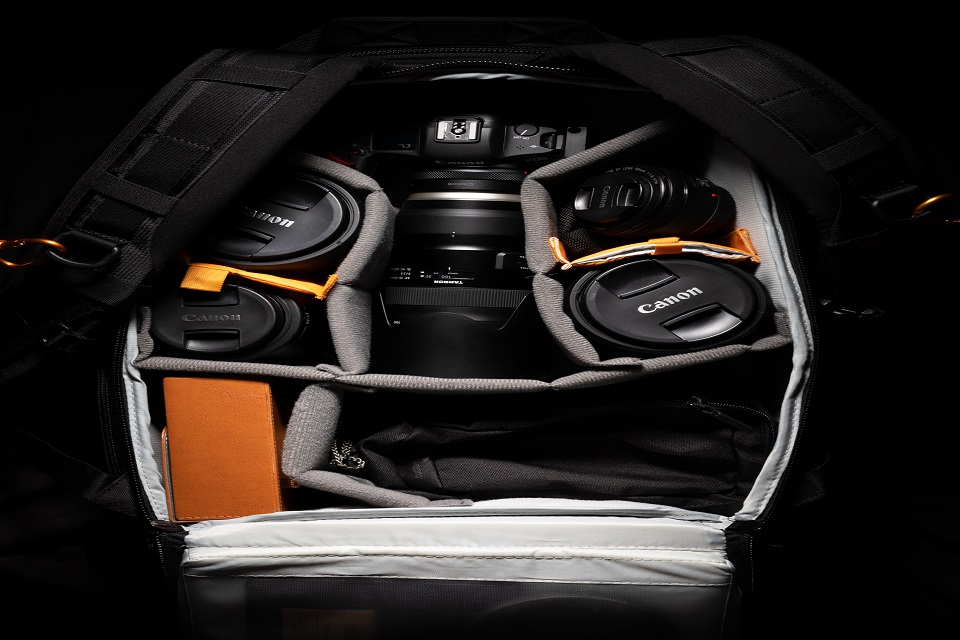
Remote Shutter Release
Using a remote shutter release or a cable release can prevent camera shake when capturing long exposure shots. This accessory is particularly helpful when you’re using a tripod and want to minimize any movement that could impact the sharpness of the image.
Lens Cleaning Kit
Outdoor photography often exposes your gear to dust, dirt, and other elements. A lens cleaning kit with a microfiber cloth and cleaning solution ensures that your lenses stay spotless and free from smudges, maintaining the image quality.
13. Camera Settings for Outdoor Photography
To maximize the potential of your outdoor camera, understanding and utilizing the right camera settings is essential. Here are some key settings to consider:
Aperture
The aperture controls the amount of light that enters the camera and affects the depth of field in your images. For landscapes, smaller apertures (higher f-numbers) like f/8 to f/16 are commonly used to ensure both the foreground and background remain in focus. For wildlife and portraits, wider apertures (lower f-numbers) like f/2.8 to f/5.6 can create beautiful bokeh, isolating the subject from the background.
Shutter Speed
Shutter speed determines how long the camera’s sensor is exposed to light. Faster shutter speeds, such as 1/500 or 1/1000, are suitable for freezing fast-moving subjects like wildlife or capturing action shots. Slower shutter speeds, such as 1/30 or 1/60, can be used for creative effects like capturing motion in waterfalls or blurring moving elements in the frame.
ISO
ISO measures the sensitivity of the camera sensor to light. A lower ISO setting, such as ISO 100 or 200, is ideal for capturing images in bright daylight conditions, as it reduces the risk of overexposure and ensures sharp, noise-free images. In low-light situations or when shooting indoors, you can increase the ISO to higher values like ISO 800, 1600, or even higher to maintain adequate exposure.
14. Embrace Golden Hour
Golden hour, the period just after sunrise and just before sunset, provides magical lighting for outdoor photography. The soft, warm hues of the sun during this time add a stunning glow to your images and create dramatic shadows and highlights. Take advantage of golden hour for capturing breathtaking landscapes and portraits with flattering lighting.
15. Compose with Leading Lines
Utilize natural elements such as roads, paths, rivers, or tree branches to create leading lines that draw the viewer’s eye into the frame. Leading lines add depth and visual interest to your compositions, guiding the viewer through the image and toward the main subject.
16. Incorporate Foreground Interest
Including a prominent foreground element in your landscape shots can enhance the sense of depth and make the image more engaging. It could be a flower, rock, or any other object that complements the overall scene and adds visual appeal.
17. Wait for the Right Moment
Patience is a virtue in outdoor photography. Sometimes, waiting for the perfect moment can make all the difference in capturing a once-in-a-lifetime shot. Observe the surroundings, anticipate movements, and be prepared to capture that decisive moment when it presents itself.
18. Experiment with Different Perspectives
Try shooting from various angles and heights to discover unique perspectives and compositions. Crouch down low to capture ground-level shots or climb to higher vantage points for an aerial view. Changing your perspective can transform ordinary scenes into extraordinary photographs.
19. Respect Wildlife and Nature
When photographing wildlife, it’s essential to respect their habitat and behavior. Keep a safe distance to avoid disturbing the animals, and never approach or feed them. Observe from afar using long telephoto lenses to capture stunning wildlife shots without causing harm.
20. Be Prepared for Changing Weather
Outdoor conditions can change rapidly, so be prepared for unexpected weather shifts. Always carry protective gear like rain covers for your camera and lens, and dress appropriately to stay comfortable during your photo expeditions.
21. Pack Lightly and Efficiently
Outdoor photography often involves trekking through rugged terrain, so it’s crucial to pack light. Choose the essential camera gear you’ll need for the day and leave non-essential items behind. Carrying a lighter load will allow you to move more freely and focus on your photography.
22. Conclusion
Outdoor photography is a deeply rewarding and enriching experience that allows you to connect with nature and capture its beauty in stunning detail. The best camera for outdoor photography is one that aligns with your specific needs, preferences, and shooting style. Consider factors like image quality, portability, weather resistance, lens options, budget, and other accessories to enhance your outdoor photography journey.
Remember that the joy of outdoor photography extends beyond the final image; it’s about embracing the wonders of nature, exploring new horizons, and immersing yourself in the art of photography. So, equip yourself with the right gear, set out on your outdoor adventures, and let your creativity flow as you capture the beauty of the world around you through the lens of your perfect outdoor camera.
- 23. FAQs
1. What camera is best for landscape photography?
For landscape photography, cameras with high-resolution sensors and wide-angle lenses are ideal. Nikon D850 and Canon EOS R5 are both excellent choices known for their exceptional image quality and weather resistance.
2. Can I use a mirrorless camera for outdoor photography?
Yes, mirrorless cameras are well-suited for outdoor photography. They offer advanced features, compact designs, and excellent image quality, making them popular among outdoor enthusiasts.
3. Is GoPro HERO9 Black suitable for professional outdoor photography?
While GoPro HERO9 Black is primarily known for its action capabilities, it can produce impressive results for professional outdoor photography, especially in adventurous scenarios.
4. What is the battery life of the Fujifilm X-T4?
The Fujifilm X-T4 has a decent battery life, capable of capturing around 500 shots per charge. It is advisable to carry spare batteries for extended outings.
5. Does the Sony Alpha A7 III have a silent shooting mode?
Yes, the Sony Alpha A7 III features a silent shooting mode, which is beneficial for capturing wildlife and candid moments in serene outdoor settings.


